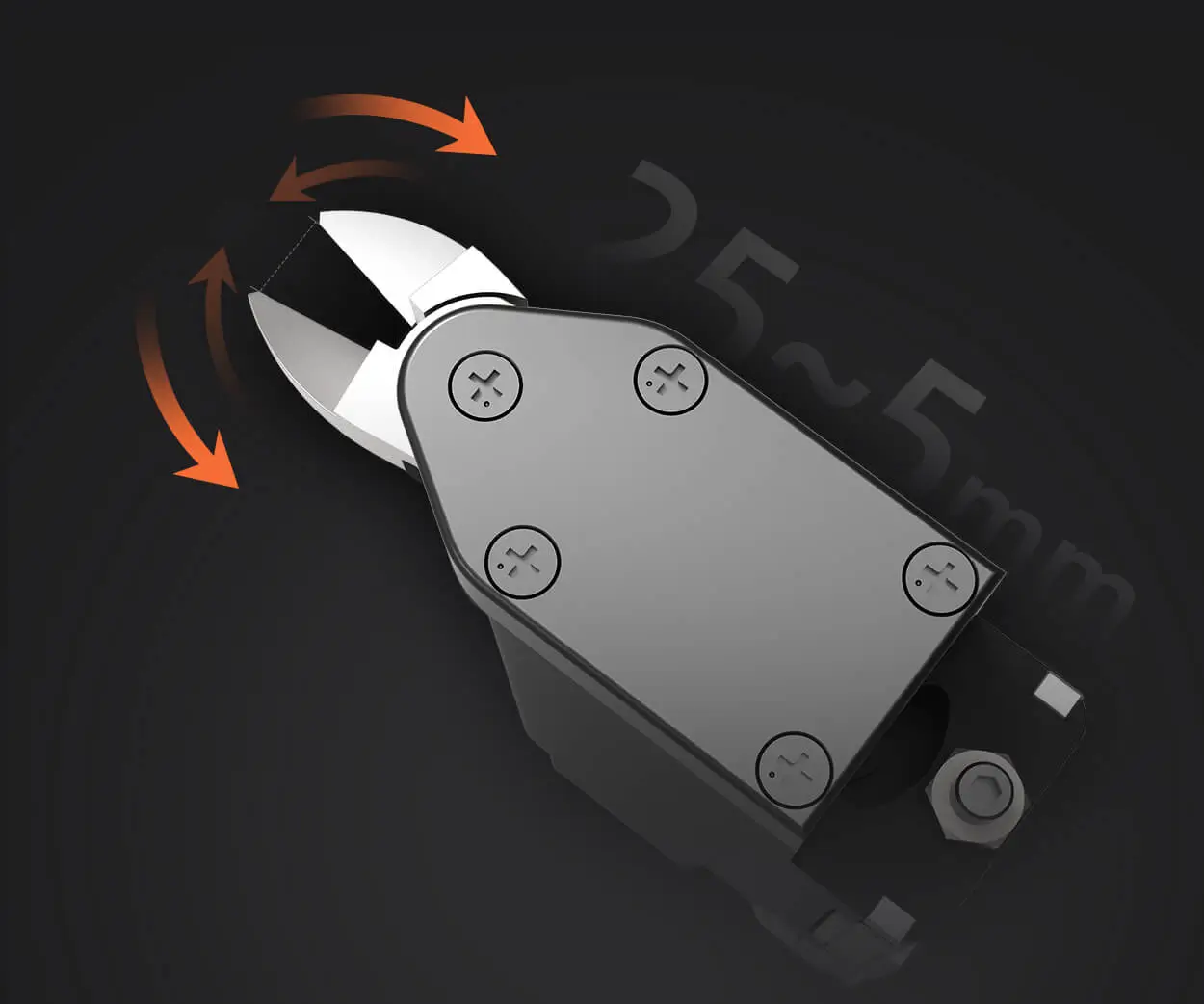Sure! Here's the first part of your soft article on "high torque servo motor." Once you're ready, I can provide the second part.

In an era where automation is transforming industries from manufacturing to aerospace, the quest for precision, power, and reliability has never been more intense. Among the key players fueling this technological revolution are high torque servo motors—sleek, sophisticated devices that provide the muscle behind most advanced robotic systems and machinery.
What Is a High Torque Servo Motor? Imagine a device capable of delivering both rapid movements and substantial power, all while maintaining remarkable accuracy. That’s precisely what high torque servo motors excel at. At their core, servo motors are rotary actuators that convert electrical signals into precise mechanical movements. However, not all servo motors are created equal. High torque variants are specially engineered to generate significantly greater rotational force, ensuring they can handle heavy loads and demanding tasks without breaking a sweat.
These motors are often distinguished by their robust construction, high-quality materials, and advanced control systems that enable them to operate smoothly under strenuous conditions. Their core advantage lies in their ability to combine high torque output with fine positional accuracy, creating a perfect synergy critical for industrial applications demanding both strength and precision.
Engineering Marvels The backbone of a high torque servo motor’s impressive capability is its design. Engineers often incorporate features such as reinforced gears, larger winding coils, and high-grade magnetic materials. For example, the use of rare-earth magnets like neodymium enhances magnetic flux, thereby increasing torque density. Similarly, improved winding techniques allow for higher current flow, translating into more power without excessive heat generation.
One of the key technological advances is the inclusion of sophisticated control algorithms, such as Field-Oriented Control (FOC), which optimize the motor’s performance by precisely managing the magnetic field and inertial loads. This results in a significant reduction in energy losses, smoother operation, and better responsiveness, even under high load conditions.
Applications that Demand Power and Precision High torque servo motors are indispensable in sectors where robust power and meticulous control are essentials. Heavy industry machinery, CNC (Computer Numerical Control) machines, robotics, and aerospace systems all harness these motors for their ability to deliver unwavering performance under demanding circumstances.
In manufacturing, for example, high torque servo motors drive robotic arms tasked with welding, assembly, and material handling. Their ability to apply substantial force ensures stability and high throughput, while their precision control guarantees that each movement aligns with exact specifications. This delicate balance between power and accuracy results in higher quality products and reduced wastage.
In robotics, especially in humanoid robots or autonomous vehicles, high torque servo motors provide the necessary muscle for complex, multi-axis movements. Their quick response times and ability to sustain long operational hours without overheating make them ideal candidates for mission-critical applications.
The Rise of Digital Control and Integration Modern high torque servo motors are no longer stand-alone units but are integrated into intelligent systems. Digital control modules enable real-time feedback, allowing the motor to adapt to changing loads instantaneously. This dynamic adjustment enhances performance and prolongs the lifespan of the system.
Moreover, advanced communication protocols such as EtherCAT or CANopen ensure seamless integration within large-scale automation setups. This interconnectedness maximizes efficiency, simplifies maintenance, and unlocks new possibilities such as predictive diagnostics—a feature that alerts operators to potential failures before they occur.
Choosing the Right High Torque Servo Motor When selecting a high torque servo motor, several factors come into play:
Torque Requirements: Understand the maximum torque needed for your application and select a motor that exceeds this to ensure longevity and stability. Velocity Range: Ensure the motor can operate effectively across the required speed spectrum. Size and Form Factor: The physical dimensions should fit seamlessly into your system without compromising other components. Control Compatibility: Check if the motor’s control interface aligns with your existing automation infrastructure. Thermal Management: High-power operations generate heat; thus, adequate cooling solutions are vital to maintain performance and safety.
The Future of High Torque Servo Motors As industries push further into automation and robotics, the role of high torque servo motors will only grow more critical. Innovations such as the development of lighter, more efficient materials, advanced cooling techniques, and smarter control algorithms promise to enhance their capabilities.
Furthermore, the integration of artificial intelligence and machine learning techniques can lead to self-optimizing motor systems that adapt to operational conditions in real-time. This synergy of power, precision, and intelligence signals a future where machines become increasingly autonomous, resilient, and productive.
Leveraging innovations in modular drive technology, Kpower integrates high-performance motors, precision reducers, and multi-protocol control systems to provide efficient and customized smart drive system solutions.




































